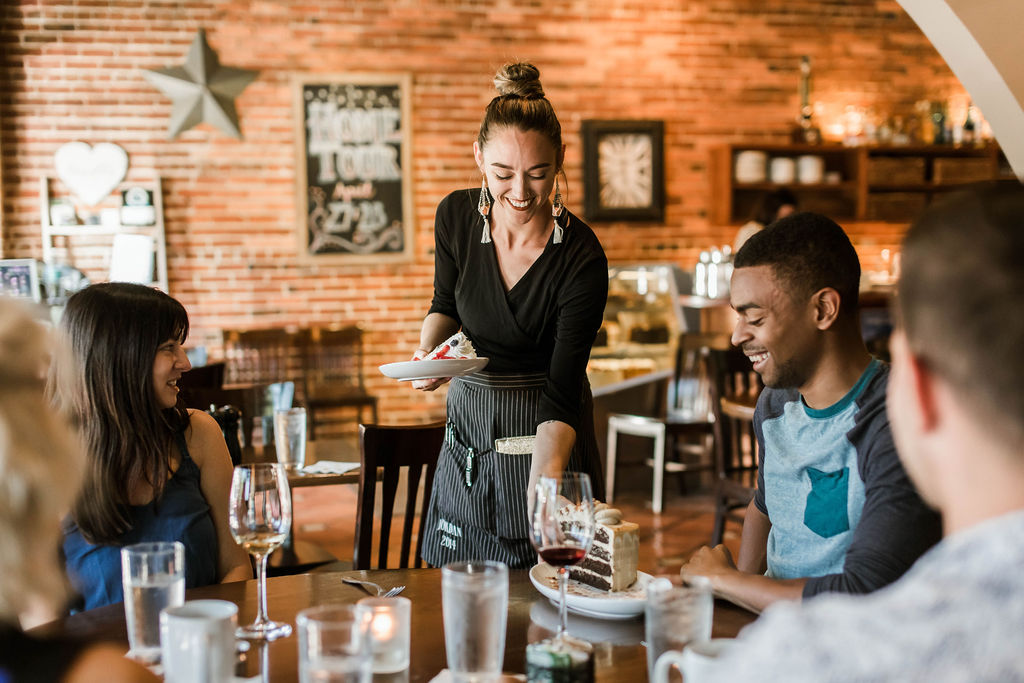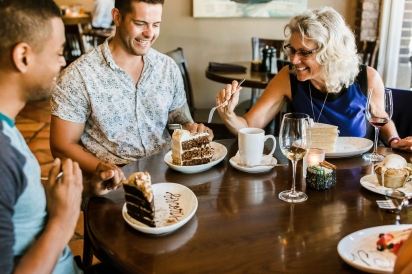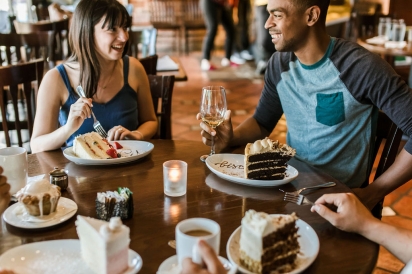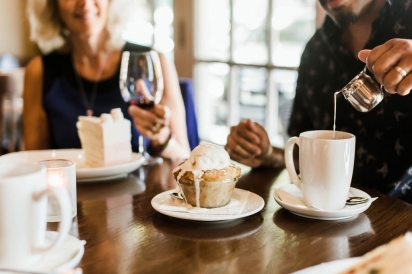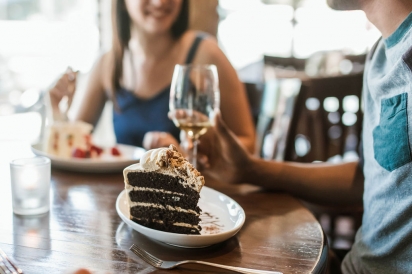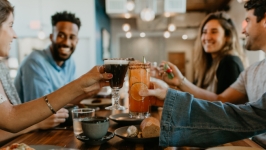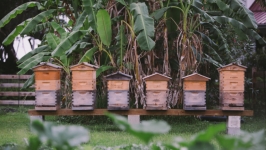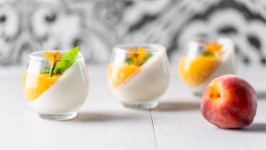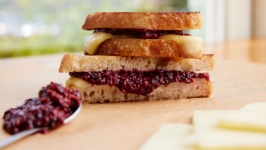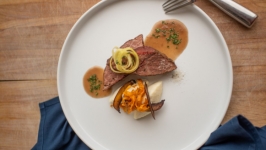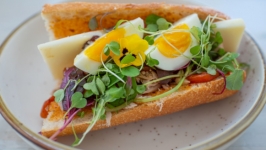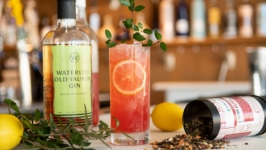Why Save Room for Dessert
A meal is not truly over until someone at the table pines over the decision to order a single dessert and, with it, enough spoons for everyone at the table to have an equal share in the joy, ecstasy, indulgence and guilt. At a time when reports of a more health-conscious dining clientele may indicate that sweets are disappearing from tables and menus, the final dish of the meal remains the highlight, remembered beyond departure, even after the faintest hint of sugar, chocolate or fruit fade away. Dessert still matters.
First, a few facts for context: The word dessert comes from the French word desservir, meaning clear the table. But, well before the word existed, the concept of sweet treats thrived in Mesopotamia as offerings meant to please deities. From there, sugary closures to meals were enjoyed by rulers and aristocrats, flaunting wealth via a burgeoning sugar cane trade route that connected India to the Middle East. Crusaders went to claim lands and brought back dried fruits and confections from the conquered as prizes. A leap into the Industrial Revolution brought new preservation methods and mass production that allowed dessert to spread throughout the social strata.
“Today, dessert is more than a dish,” says Pastry Chef Leni Rose Magsino of Valley Smoke Restaurant. “Dessert is a trigger to cultural memories we have about our families and our travels.” A pastry chef understands the effects of dessert on the brain and palate. “As a chef, we can craft the journey from appetizer to dessert. It simply doesn’t end after the entree and dessert isn’t going to disappear,” Magsino says.
Neurologically and psychologically, people are predisposed to crave and devour desserts. Dr. Ben Hayden posits in a 2012 issue of Psychology Today that eating dessert is not counter to a natural human desire for reward. What is odd is that humans would wait until the end of a meal to eat dessert, when all fundamental decision-making models of human behavior would have this course be the first food consumed because waiting creates risk of having the highest caloric foods stolen by someone else.
Emotionally, dessert generally makes people feel happy, as well. All sensory tastes are equally measured in the same area of the brain, the insular cortex. The brain distinguishes between sweet and bitter, what is liked and what isn’t in the same location. Dessert, like all other foods, triggers joy.
“Neurologically speaking, eating is rewarding as it leads to the release of neurotransmitters (chemicals in our brains) that can positively affect our mood. Thus, we are neurologically wired to enjoy the food,” says Steven Montesinos, principal licensed mental health counselor at Montesinos Counseling Services. “The act of labeling and categorizing foods as either ‘good’ or ‘bad’ is problematic and may lead to feelings of guilt and shame after eating a dessert.”
Any argument dethroning the desire for dessert becomes understandable under such light, even if it is not accurate. It is not that the craving has decreased; it is, perhaps, that ancillary noise around dessert has increased. What’s more, food costs are simply skyrocketing, and this has an effect on consumer choices when dining out.
Michael Bump, Pastry Chef at St. Augustine’s Preserved Restaurant, shares that desserts can be a tough sell for restaurants today. “I’ve heard a lot more restaurants that are not hiring pastry chefs and are starting to outsource dessert due to cost cutting,” Bump says. “Desserts are never a high profit item, but a menu is incomplete without them.” Chef Bump says that trends certainly affect the types of desserts ordered, but it does not eliminate dessert completely. “The restaurants and chefs that are offering unique desserts and are changing out the dessert menu regularly are having the most success right now. Customers want what they don’t normally eat at home.”
“Entrée size has increased and that does have a direct correlation to any decline in dessert sales,” Bump says. American main course portions have the reputation of being bombastic, leaving room for very little once the main meal is done. Montesinos shares a similar sentiment. “As they often follow meals, in some cases, desserts may not be enjoyable if a person simply doesn't have any more room in their stomach to be able to comfortably consume anything else.”
Still, the dessert industry is as stable and sweet as ever. Food industry analyst Melissa Kvidahl published a report in 2017 which stated that in a large city like Chicago, sales of pies and cakes were up 5.3% in 2017 from the previous year, hitting $1.9 billion. When broken into segments, cakes were up 4.4% to $1.5 billion, while dollar sales of pies climbed 8.2% to $442.5 million. The numbers tell the tale.
Yet, even in light of hard data, psychological analysis and first-hand chef insight, the importance of dessert is still partially unquantifiable. Diners order dessert to prolong the interaction with a meal; a continued conversation between the kitchen and the table. Culturally, guests are predisposed to ordering dessert because it extends the fantasy of being served and fed well. Dessert is meditation. Dessert is therapy.
For pastry chefs, dessert also remains organic and ethereal. Chef Magsino shares that, “Dessert gets as much of my attention as every one of my courses.” She elevates the final dish to a Beethoven-esque crescendo where the audience knows the end has arrived because of the fervor which surrounds it. “Dessert is the finishing note in the symphony of a meal,” she says. “There has to be a sweet note to finish the experience.”
Special thanks to the team at Biscottis in Avondale for the generous contribution of location, food and beverages used in shooting this story.


